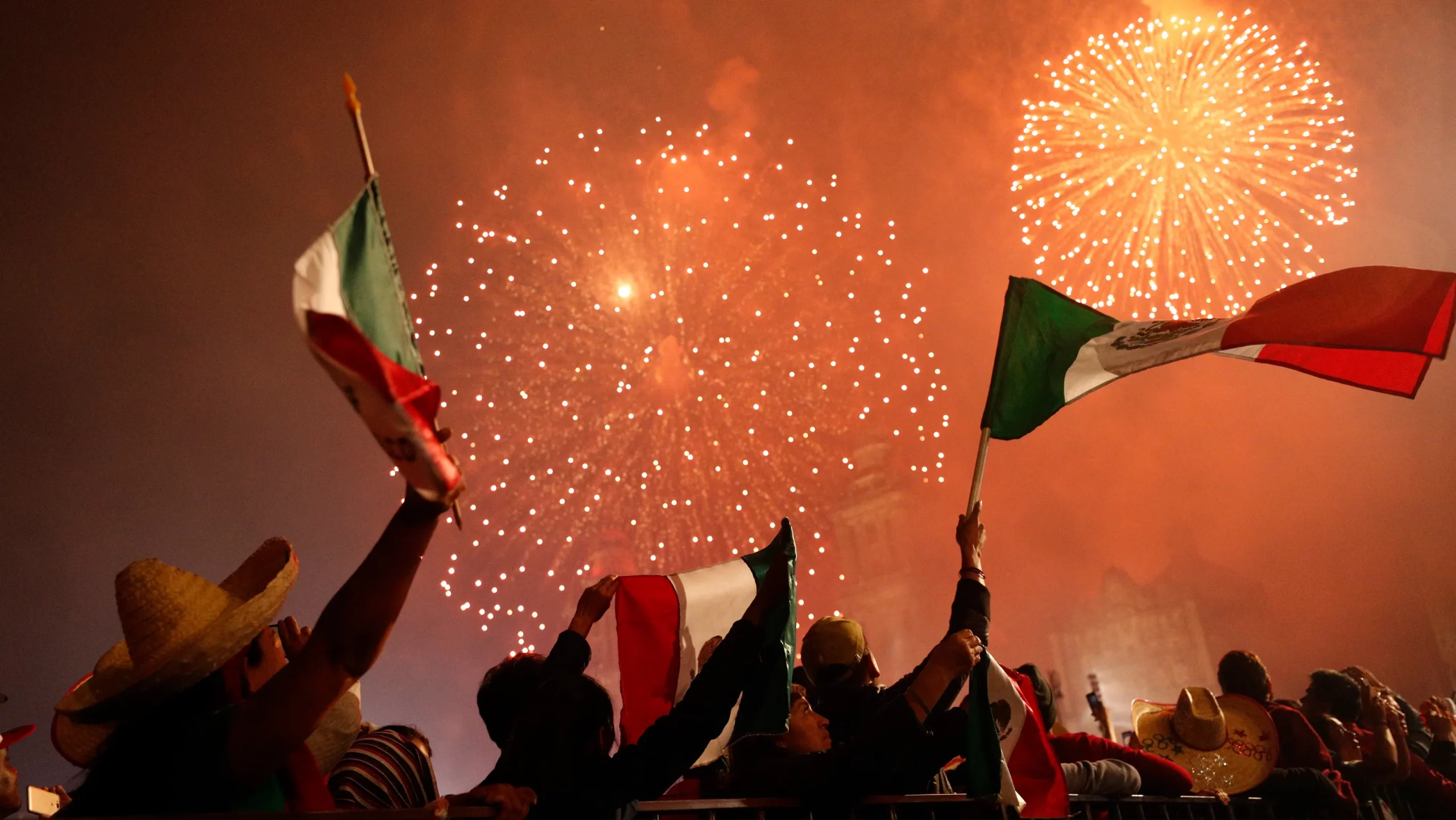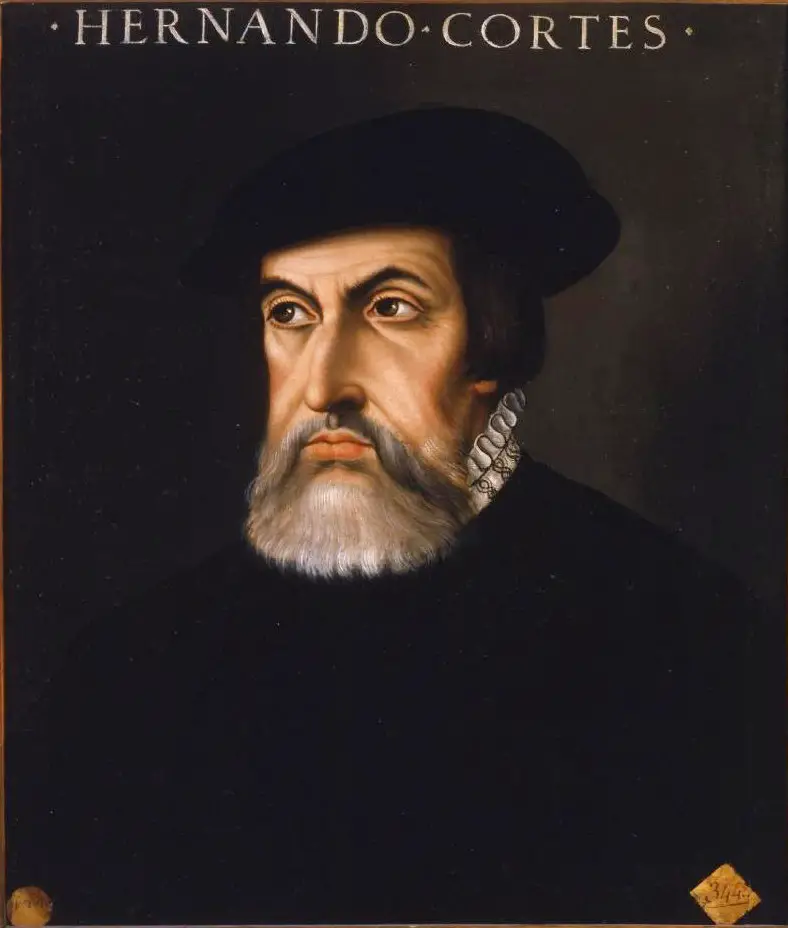CENTRAL AMERICA CELEBRATES INDEPENDENCE FROM SPANISH RULE
MEXICO, GUATEMALA, NICARAGUA, HONDURAS, EL SALVADOR, AND COSTA RICA CELEBRATE INDEPENDENCE FROM SPANISH RULE
SEPTEMBER 15TH, 1821

September 15, 1821 honors Mexican Independence and the signing of the Act of Independence of Central America, also known as the Act of Independence of Guatemala in which all these nations declared their independence from the Spanish Empire. (Panama gained their independence separately later in 1821.) This landmark day is celebrated as Independence Day in all of these countries today. Festivities Include flags flying, parades, fireworks, and traditional food, music, and dancing.


Hernan Cortez, arguably had the most dramatic impact of all the Spanish explorers especially in Mexico and Central America. Born to an impoverished noble family, he sought a life of adventure and riches in the New World. He trained as a notary before sailing to Hispaniola (modern day Haiti and Dominican Republic) as a colonist in 1504. After becoming the colony’s notary, he played a key role in the conquest of Cuba in 1511. In 1518 he was elected captain of the third expedition to what is now Mexico. He had some bad relations with the governor of Cuba who upon Cortes' departure attempted to recall the expedition. Cortes ignored this and embarked on the voyage with 500 men, weapons, and horses to conquer Mexico. Upon arrival, he befriended some natives, made enemy's of others, and sired his first born with a native woman named Dona Maria who also served him as an interpreter.


And so it was that in 1519, Spanish conquistador and expedition leader, Hernan Cortés, made landfall with men and horses on the shores of what is now Tabasco, Mexico. He and his forces saw to the demise of the Aztec Empire, made their way inland to Mexico City, and seized power. While the indigenous people resisted mightily, the Spanish were relentless. The diseases and weaponry they brought overtook indigenous populations from Mexico south. Cortés thereby brought a large portion of what is now Mexico, and soon the rest of what is now Central America, under the rule of King Castile. Thus began the first phase of Spanish colonization of the Americas. Cortes' second in command, Pedro de Alvarado was commissioned to settle lands further to the south. One by one, Alvarado colonized the areas that are now known as Guatemala (in 1523), Nicaragua & Costa Rica (in 1524), El Salvador (in 1528), and Honduras (in 1528). These countries, including what is now the state of Chiapas (in 1609) became known as the Captaincy General of Guatemala for which Spain's King Philip III held dominion.

After just over 300 years of Spanish rule, in the early 19th century global changes began to unsettle Spanish power making way for leaders in what is now Central America to declare their independence from Spain. In Europe, Spain was engaged in the Napoleanic wars with took their attention away from their colonies across the Atlantic. Further, with inspiration from Enlightenment thinkers, Mexico's fight for independence from Spain, and the American colonies' independence from England, and the French Revolution, José Cecilio del Valle, a Honduran lawyer, wrote The Act of Independence document bringing together a delegation of leaders from what is now Guatemala, Nicaragua, Costa Rica, El Salvador, and Honduras. They gathered in Guatemala city to create and sign the Act of Independence of Guatemala and to achieve sovereignty from Spain.

Soon after this declaration of independence these countries were briefly annexed by the newly independent Mexico. In 1823 delegates gathered again to form a federal republic- the United Provinces of Central America. The delegates drew up a constitution that provided leadership and regional autonomy. Overtime, conflicts arose between the separate nations; the United Provinces of Central America eventually fell apart and the leaders of each distinct nation once more declared their independence.
National celebrations today have grown and can begin before September 15th and go through the month celebrating national pride, independence, culture and heritage.

To read more on this subject this article covers quite a lot: https://shunoutdoor.com/article/why-does-central-america-celebrate-independence-day
This article is for the visual learners among us: https://studylib.net/doc/10144677/independence-movement-latin-america
MUST SEE: CIUDAD PERDIDA (LOST CITY) COLUMBIA 🇨🇴
MUST SEE: CIUDAD PERDIDA
(LOST CITY) COLUMBIA 🇨🇴

Ciudad Perdida consists of a series of 169 terraces carved into the mountainside, a net of tiled roads and several small circular plazas.

Hidden deep in the jungle of the Sierra Nevada de Santa Marta mountains in northern Colombia sits an archeological site called Ciudad Perdida, the “Lost City”. Built by the Tairona people in 800AD predating Machu Pichu by over 600 years. The Ciudad Perdida archaeological site only became an attraction after it was uncovered in the 1970s.
Los Sepúlveda was a small family of looters in Colombia; their story leads to the beginning of one of the greatest archaeological discoveries in modern times. The family went hunting in the forests of Colombia when they shot down a wild turkey. Upon retrieving the turkey, they noticed it had fallen on a piece of an exposed staircase. This staircase would lead them to find La Ciudad Perdida. For years after its discovery by the looters, “Treasures from the site, including gold figures and ceramics, soon began to appear on the black market” Archeologists were alerted to these black market treasures and managed to, with the help of indigenous people who protect their ancestral site, trace themselves to the area in 1976. The area was researched and reconstructed over the next 6 years.
Although La Ciudad Perdida is one of the most impressive sites, it’s not alone, only about 30-40% of the sites in the Sierra Nevada region have actually been explored. Thanks to recent widespread access, more and more of these sites are being discovered, and the search for new lost cities has just begun.

Ciudad Perdida was probably the region’s political and manufacturing center on the Buritaca River and may have housed 2,000–8,000 people.
Named Teyuna by the Tairona but dubbed Ciudad Perdida upon rediscovery, the ancient wonder is perched on hillsides and tucked into a dense rainforest.




